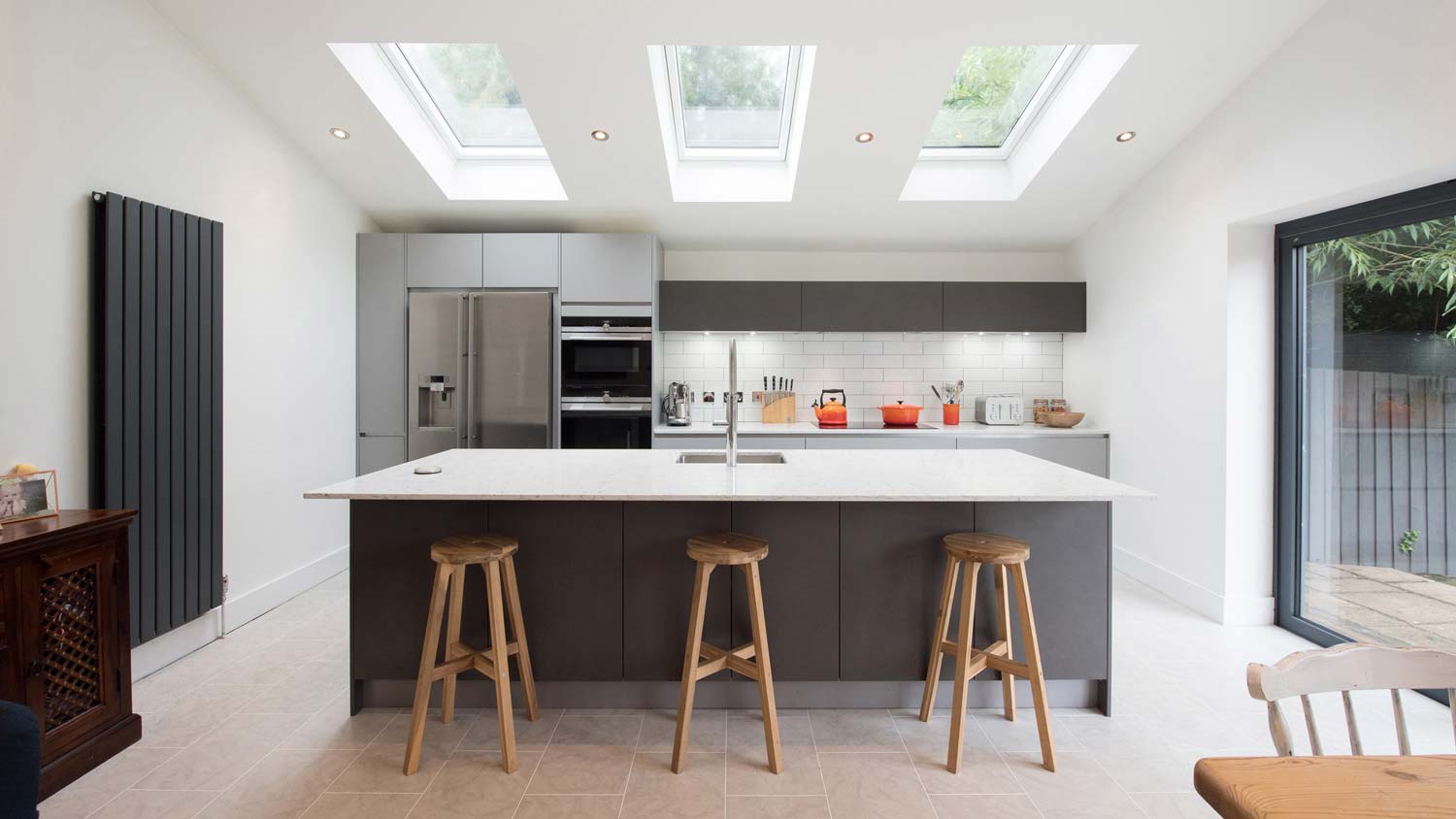
Discover skylight installation cost in 2025, including average prices, key cost factors, and tips to help you budget for your home skylight project.
You’ll be reaping the benefits of natural light in no time


Both skylights and roof windows are stylish, let natural light in, and offer a great ROI.
Roof windows tend to be larger and improve ventilation.
Skylights offer more versatile installation and are more affordable than roof windows.
Both improve energy efficiency, but roof windows offer more energy savings options.
When it comes to bringing natural light into your home or office, roof windows and skylights are popular choices. They both offer a unique way to illuminate your space, create a sense of openness, and connect you with the outdoors while still maintaining your privacy. However, it's essential to understand the differences when it comes to roof windows vs. skylights to make an informed decision for your specific needs.
The terms “roof window” and skylight are often used interchangeably, both by homeowners and window installation companies, so both can refer to any type of window installed on your roof. However, there are two key distinctions others make between the two.
First, roof windows open and close to provide ventilation in your home, which can help reduce cooling bills in the summer and provide fresh air for your living space. Second, roof windows sit flush with the roof line, while skylights can sit flush or sit in an elevated curb, making installation more versatile.
A roof window is an operable window installed on your roof, providing both natural light and the option for introducing fresh air into your home. Roof windows can also act as points of egress if they meet building code and sit close enough to the floor to reach.
Roof windows are a great option for improving natural light and ventilation, but there are both advantages and drawbacks to this choice.
| Pros | Cons |
|---|---|
| Introduces natural light | More expensive to install |
| Provides ventilation | Must sit flush with the roof |
| Can act as emergency exit | Higher risk of leaking |
Ventilation: Roof windows offer the advantage of allowing fresh air to flow into your space, creating a healthier indoor environment.
Ample natural light: These larger windows provide abundant natural light, making your space feel brighter and more open.
Operability: With their hinged design, roof windows can be easily opened and closed to control airflow and temperature.
Versatility: Roof windows come in various styles, including top-hung, center-pivot, and electrically operated, offering flexibility in design and functionality.
Complex installation: Due to their larger size and operability, roof windows require more intricate installation compared to skylights, often involving structural modifications.
Higher cost: Roof windows are more expensive than the cost to install a skylight, especially when considering the added expenses of installation and potential structural changes.
Maintenance challenges: Cleaning and maintaining roof windows can be more demanding since they’re more likely to appear on sloped roofs.
Higher risk of leaking: Since roof windows operate, there are more components that can fail and potentially lead to water damage in your home.

A skylight is an inoperable window installed on your roof. Skylights can be standard picture windows in your ceiling, but other types of skylights include a dome or light tube with a glass or plastic bulb on your roof if you don’t need views of the outdoors.
It’s important to consider what your preferences are when it comes to the function and purpose of your new roof window or skylight. As with roof windows, skylights are a popular option for getting some sunlight into your home. When compared to roof windows, though, skylights have some distinct pros and cons.
| Pros | Cons |
|---|---|
| Lower risk of leaking | Doesn’t provide ventilation |
| Still provide ample sunlight | Won’t act as emergency exit |
| More versatile installation | Potential for heat gain indoors |
Natural light: Skylights allow sunlight to flood your space, brightening up the room and creating a warm, inviting atmosphere.
Simpler installation: Installing a skylight is usually less complex and time-consuming compared to a roof window. It can also sit flush with your roof or in an elevated curb, which can also make removing a skylight for replacement much simpler.
Space-saving: Skylights are often smaller than roof windows, making them ideal for areas where wall or floor space is limited.
Lower cost: Skylight installation costs less upfront, making it a budget-friendly choice for those looking to introduce natural light into their space.
Lack of ventilation: Unlike roof windows, skylights do not provide ventilation options, as you cannot open them.
Potential heat gain: Skylights can allow excess heat to enter the space during hot summers, potentially leading to increased cooling costs.
Leaks and condensation: Improper installation or aging skylights can be prone to leaks and condensation issues down the road, requiring regular maintenance and potential repairs.

While the terms "roof window" and "skylight" are sometimes used interchangeably, they do have distinct differences. A roof window is designed to allow you to open it, providing not only natural light but also ventilation. A skylight is a fixed window installed on the roof that also allows natural light to enter, but it is inoperable.
Which option will look better in your home depends on the space itself. Consider the overall aesthetics of the room and whether a roof window or skylight complements the design and architecture of your home or office. In general, roof windows are larger and tend to offer more expansive views as well as more natural light.
Skylights are generally easier for pros to install due to their fixed nature. Additionally, roof windows sit flush to your roof, while skylights can have domes or bulbs to collect light that sit above your roof line, leading to more versatile installation options. However, both roof windows and skylights require proper knowledge and expertise to ensure a leak-free installation.
Roof windows offer more customization options, such as different sizes, styles, and even features like built-in blinds or screens. Skylights, being fixed, have fewer customization choices.
Both roof windows and skylights are considered energy-efficient window options since they reduce the need for artificial lighting during the day. However, there are two things to consider to determine which is more energy-efficient.
You can open roof windows, which makes them a bit better suited for hotter climates. Since heat in your home rises, opening a roof window can allow some of that heat to escape, naturally cooling your living space.
However, much like picture windows are more energy-efficient and insulative than windows with operable sashes, skylights that don’t open do a better job at preventing loss of conditioned air, making them more energy-efficient when you rely on your heating and cooling system to condition your home.
Roof windows may require more maintenance and more frequent repairs due to their moving parts and higher potential for leaks. Skylights typically require less maintenance and have fewer components that may need repairs. Skylights are the more affordable option overall, coming with a lower installation cost in most cases as well as lower long-term expenses.
Both roof windows and skylights can have long lifespans if properly installed by a local skylight installer and properly maintained throughout the years. However, skylights have an advantage in terms of longevity as they have fewer components that can wear out over time. There are no pieces of weatherstripping or seals around the sash that can break down, so you’re less likely to deal with leaks and need replacement with a skylight.
Skylights are generally more affordable upfront compared to roof windows, partially because the window itself is more affordable given the simpler construction, and because skylights tend to be smaller, so they come with lower material costs. However, it's important to consider the long-term benefits and functionality when evaluating the cost.
While it's challenging to quantify the exact ROI on home improvement projects like skylights and roof windows, well-installed and aesthetically pleasing options can have a positive impact on potential buyers. Both skylights and roof windows can enhance the value of your home by adding natural light and improving the overall ambiance.
Veronica Sparks contributed to this piece.
From average costs to expert advice, get all the answers you need to get your job done.

Discover skylight installation cost in 2025, including average prices, key cost factors, and tips to help you budget for your home skylight project.

Discover the average solar tube installation cost, key price factors, and ways to save. Get transparent, expert-backed estimates for your home project.
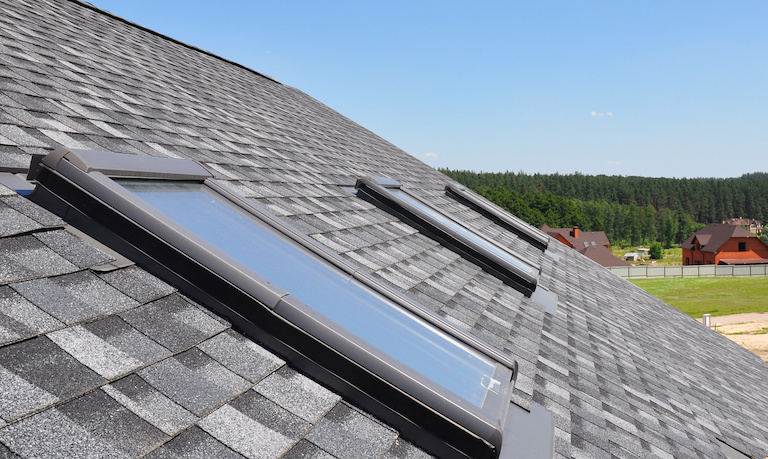
Get a detailed breakdown of skylight repair cost, including average prices, key cost factors, and tips to save on your skylight repair project.
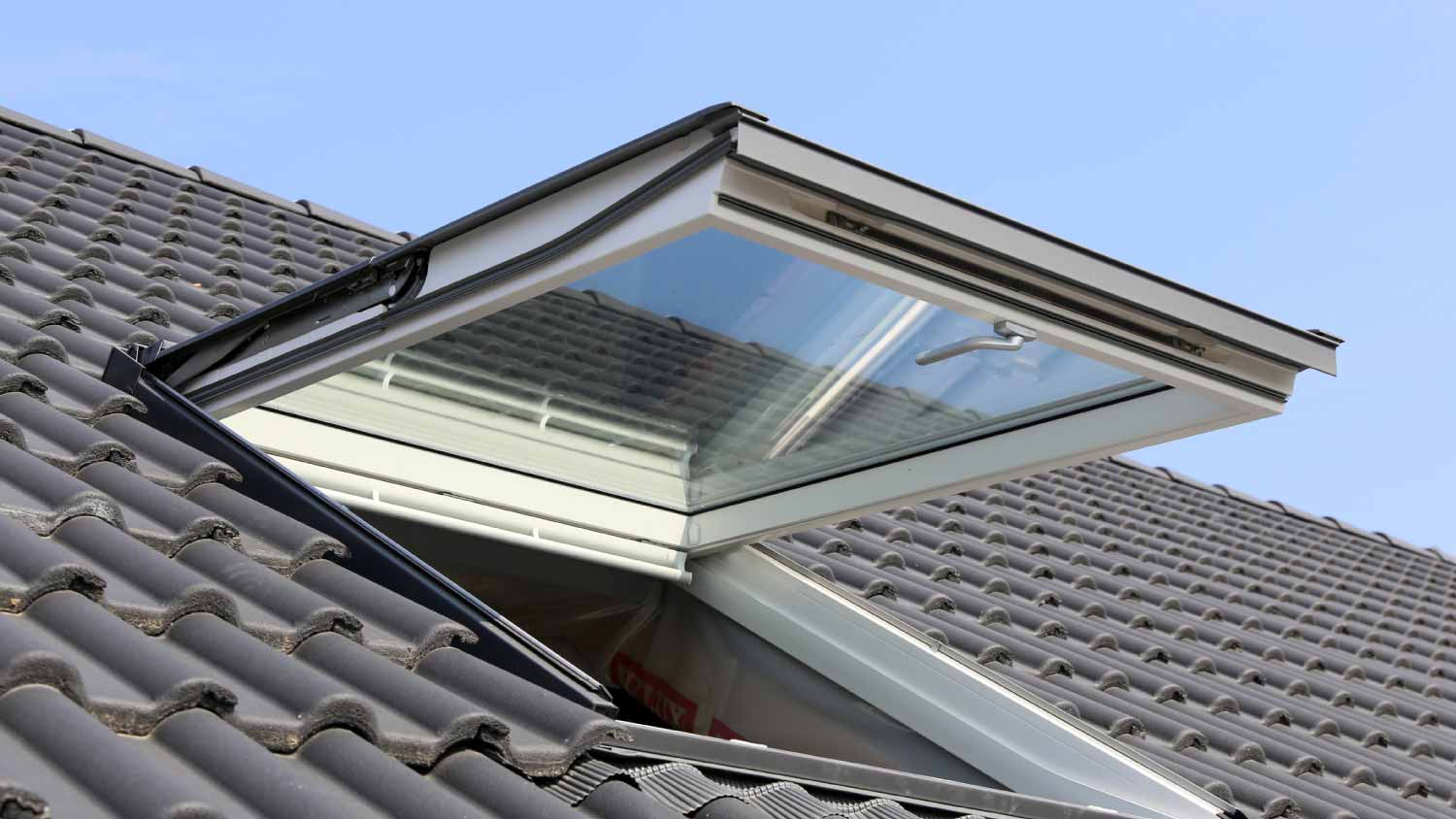
Your roof type can impact how you customize a skylight. Ask these important questions as you plan a skylight installation.
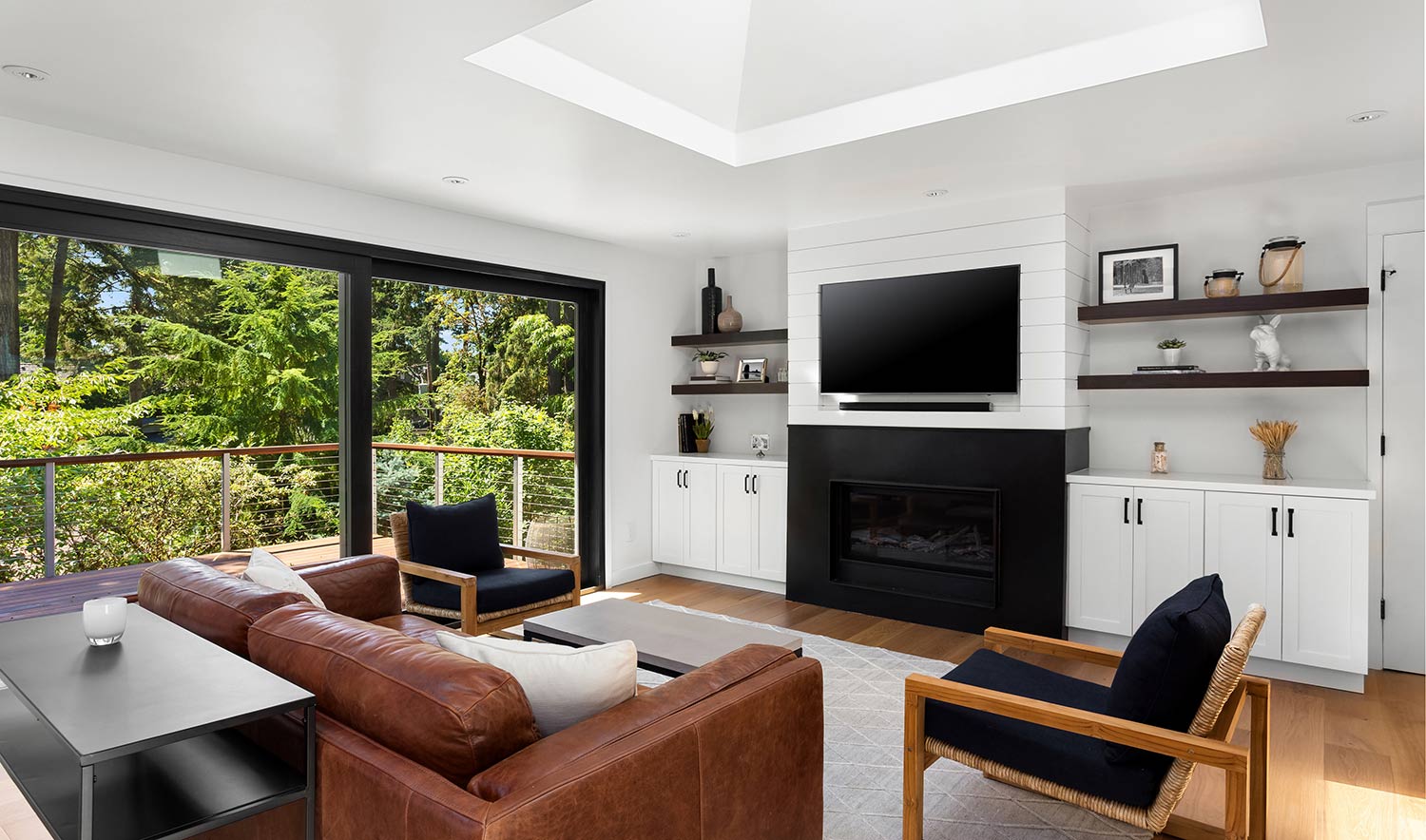
A skylight or solar tube brings natural light into your home, but it shouldn’t bring in moisture. If you’re dealing with skylight issues, take these steps to determine if you can repair or if it’s time for a replacement.
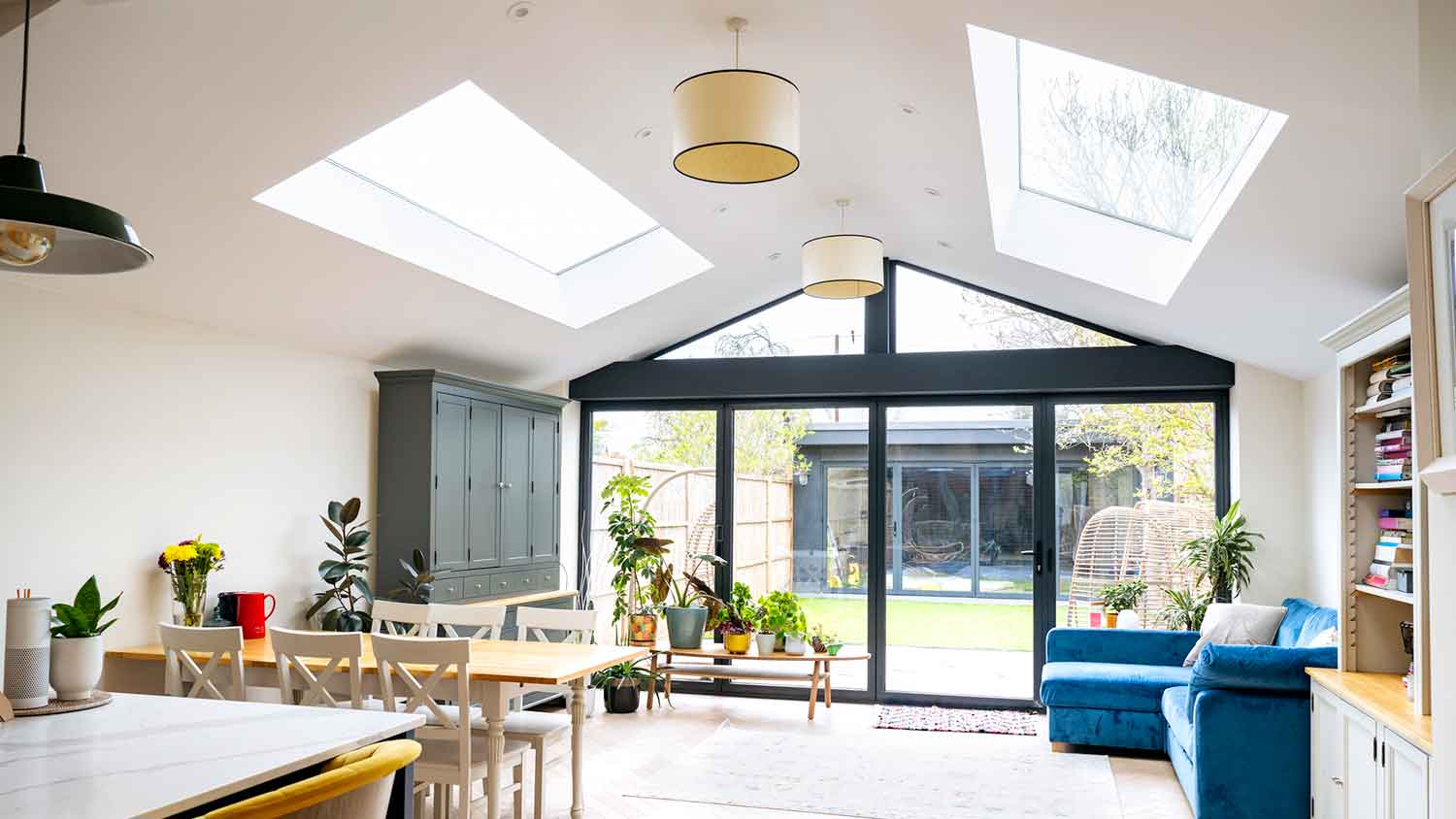
Skylights can enhance natural light and boost a home's appeal to some buyers. Use this guide to learn how factors like skylight size, type, and installation quality impact resale potential.